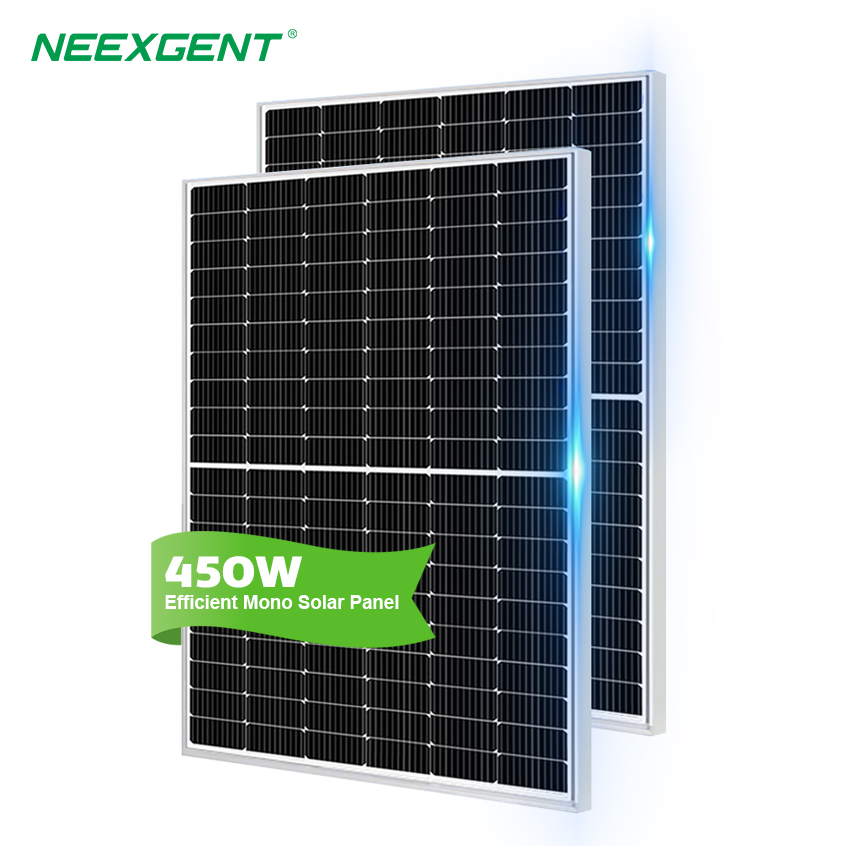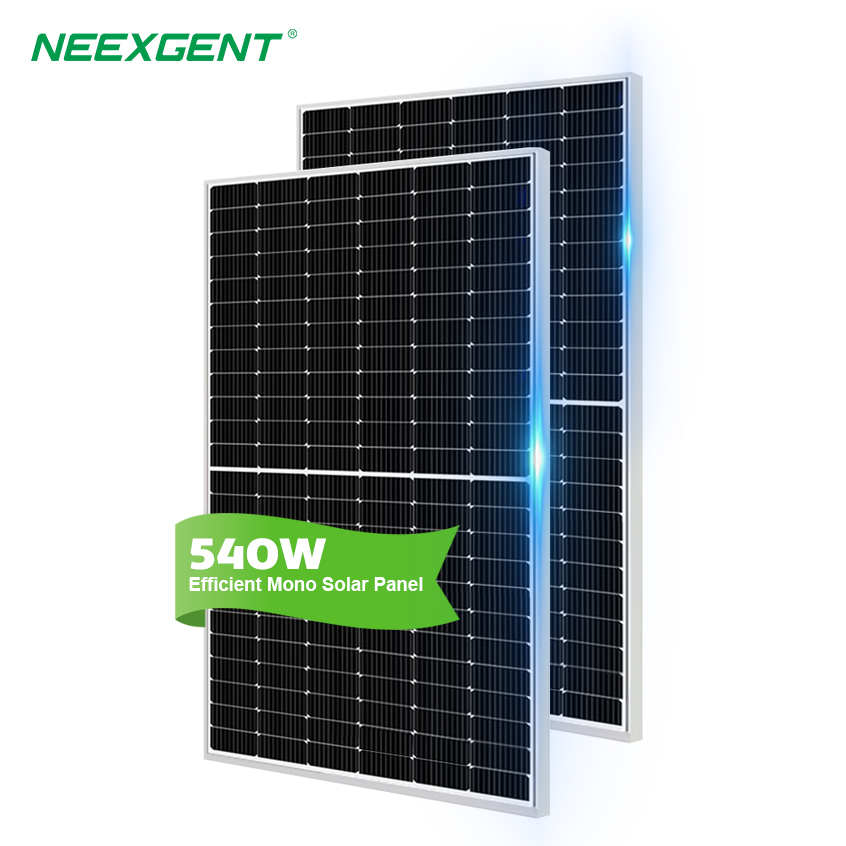As solar energy continues to grow in popularity due to its environmental and economic benefits, many homeowners are turning to solar panels as a means to reduce their electricity bills. However, understanding how your electric bill changes after installing solar panels requires more than just comparing numbers on your utility statement. In this article, we’ll explore how to calculate your average monthly electric bill with solar panels, the factors that influence it, and how to get the most savings from your solar energy system.

Why Your Electric Bill Doesn’t Go to Zero
First, it’s important to clarify a common misconception: installing solar panels doesn’t necessarily eliminate your electric bill. While solar panels significantly reduce your electricity usage from the grid, most homeowners will still receive a monthly statement from their utility company. Why?
-
Grid usage: You may still rely on the grid during nighttime or cloudy days.
-
Service charges: Utilities often charge flat fees for grid access, regardless of usage.
-
System size limitations: Your solar panel system might not be sized to cover 100% of your consumption.
-
Net metering structure: Depending on your local net metering policy, you may receive partial credits for excess energy you produce.
Understanding these variables is essential to accurately calculating your average monthly bill after going solar.

Step-by-Step: Calculating Your Average Monthly Electric Bill with Solar
Step 1: Determine Your Average Monthly Electricity Usage
Look at your past 12 months of electricity bills and calculate your average monthly electricity usage, usually measured in kilowatt-hours (kWh).
Example:
|
Month
|
Usage (kWh)
|
|
Jan
|
850
|
|
Feb
|
800
|
|
Mar
|
780
|
|
...
|
...
|
|
Dec
|
860
|
|
Total
|
10,200 kWh
|
Average monthly usage = 10,200 ÷ 12 = 850 kWh/month
This gives you a baseline for how much energy your household typically consumes.
Step 2: Estimate Solar Energy Production
The next step is to determine how much electricity your solar panel system produces each month.
This depends on:
-
System size (in kilowatts, kW)
-
Sunlight hours per day (varies by region and season)
-
Panel efficiency
-
Shading and tilt of your roof
As a rough estimate, a 6 kW solar system in a sunny state like California can produce 600–900 kWh/month depending on conditions.
To get a precise estimate, you can:
-
Use your solar installer’s projections
-
Access monitoring data from your system
-
Use online solar calculators (e.g., PVWatts by NREL)
Let’s say your system produces an average of 750 kWh/month.
Step 3: Apply Net Metering (if applicable)
Net metering allows you to send excess solar electricity to the grid in exchange for credits. During months when your panels overproduce, those credits can offset months when you underproduce.
Assume your average monthly usage is 850 kWh, and your solar panels produce 750 kWh. You would need to draw 100 kWh from the grid each month.
But if, during sunny months, you produce 900 kWh and only use 800 kWh, you bank 100 kWh in credits.
The actual impact on your bill depends on your local net metering policy, which may include:
If you're on a 1:1 net metering program, your net electricity usage becomes the key factor in your bill.
Step 4: Calculate Remaining Grid Usage
Now that you know how much energy you’re still pulling from the grid, you can estimate your monthly bill.
Continuing our example:
-
Average usage: 850 kWh/month
-
Average solar production: 750 kWh/month
-
Grid electricity needed: 100 kWh/month
If your utility charges $0.15 per kWh, your energy charge = 100 x $0.15 = $15/month
Step 5: Add Fixed Utility Charges
Even if your usage is zero, most utility companies charge a monthly service fee (sometimes called a customer charge or connection fee), typically between $10–$30.
Let’s assume:
-
Energy charges: $15
-
Fixed utility fee: $20
Then your total monthly bill = $15 + $20 = $35/month
Step 6: Adjust for Seasonal Variation
Solar panel production fluctuates throughout the year. In summer, you may produce more than you consume; in winter, the opposite may occur. It’s helpful to track this over a full year and calculate the annual average, smoothing out seasonal highs and lows.
To do this:
-
Collect 12 months of solar production data.
-
Collect 12 months of electricity usage.
-
Calculate the monthly surplus or deficit.
-
Add up all 12 months and divide by 12.
This gives a much more accurate picture of your true average monthly cost post-solar.
Factors That Affect Your Electric Bill After Solar
Understanding your average bill also means knowing what factors influence it. These include:
1. System Size
Larger systems can offset more of your usage—but they also cost more upfront. Ideally, your system should be sized based on:
-
Your average usage
-
Available roof space
-
Budget
-
Local incentives
2. Time-of-Use (TOU) Rates
In TOU billing structures, electricity prices vary based on the time of day. If your utility uses TOU, aligning your solar production with high-rate periods can maximize savings.
3. Battery Storage
Installing a battery lets you store excess solar energy and use it during peak hours or at night, further reducing grid reliance. This can lead to a near-zero bill, but batteries add substantial upfront costs.
4. Utility Policies
Your utility’s net metering rules, grid access fees, and solar tariffs can all affect your final bill. Some utilities are shifting away from 1:1 net metering, making batteries or load-shifting more important.
How to Monitor and Improve Your Post-Solar Bill
To keep your monthly bill as low as possible, consider these tips:
-
Track your production and usage using your solar inverter or monitoring app.
-
Upgrade appliances to more efficient models to reduce demand.
-
Shift usage to daytime hours to use solar directly (e.g., running laundry or charging EVs during the day).
-
Perform regular maintenance to ensure panels operate at peak efficiency.
Conclusion
Calculating your average monthly electric bill with solar panels requires an understanding of your usage, production, utility rates, and net metering rules. While solar panels can significantly reduce your reliance on the grid, your bill won’t always drop to zero—especially when factoring in fixed charges and seasonal variability.
However, with a properly sized system, good sunlight conditions, and awareness of your utility’s policies, most homeowners can expect to save 60–90% on their electricity bills annually. The key is tracking your data, adjusting your habits, and optimizing your system’s performance.







